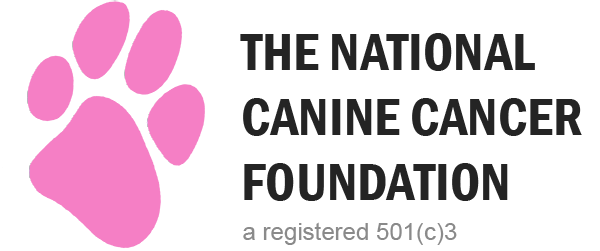Continued from… Which Dog Breeds Get Cancer the Most?
Are you aware that one in three dogs get cancer in their lifetime. Half of those dogs will die from cancer. In this article we want you to become aware of the breeds who are more likely to have cancer. This is not so that you will avoid the breed, but so that you are informed and will become educated about cancer in dogs in order to find it and be able to treat it effectively.
These dogs from the Working Group of dogs are more likely to have dog cancer.
Boxers
Boxers tend to be curious and outgoing by nature so fit into any family with ease and they need daily mental and physical exercise. However, this breed typically has a high rate of cancer development in the later part of their short lifespan of eight to 10 years. Additionally, this breed has the highest rate of mast cell tumors, which are slow-growing and can occur at any age.
As a short-nose or brachycephalic breed, Boxers are prone to one of the highest rates for the development of gliomas. Gliomas are in a specific category of brain tumors. They start in the glial cells, which are supporting cells within the brain, and as they continue to grow can cause compression and death of surrounding brain tissue. The bad news is that these types of tumors of the central nervous system tissue are malignant and resistant to treatment. Any brachycephalic dog over the age of five has a higher risk of developing brain cancer, although the average age is nine.
Doberman Pinschers
This playful and loyal guardian is said to be one of the top five breeds most prone to cancer. This breed is intelligent, has great stamina and generally maintains good health with an average lifespan of 13 years.
Cancer is a leading cause of death among older Doberman Pinscher dogs. The most common cancer in this breed is bone cancer, which often forms detectable lumps on the dog’s shoulders or legs. Prostate cancer has a high rate of occurrence in male Dobermans, while in female Dobermans, the leading cause of death is mammary cancer.
Rottweilers
This large, strong dog is known to be a powerful guardian. Rottweilers descended from Roman military dogs and were developed in Germany. Every day, this breed requires lots of physical and mental exercise, such as a long walk or an energetic game in an enclosed area. Unfortunately, Rottweilers are prone to osteosarcoma or bone cancer. Localized histiocytic sarcoma occurs most often in bones, joints, skin and lungs but this type of cancer can spread quickly. They are also susceptible to a variety of other cancers, including that of the lymph nodes, soft tissues, bladder, and blood vessels.
Great Danes
Prone to short lifespans, seven to 10 years on average, Great Danes are known for their massive size and hunting skills. They make well-mannered family companions but they are likely to have an array of health problems, including cancer, particularly osteosarcoma.
Bernese Mountain Dogs
Dogs of this breed make loving family pets but also tend to have one of the shortest average lifespans, between six and nine years. With their large size, this breed requires daily exercise and a well-balanced diet. However, studies have reported that half of Bernese Mountain Dogs will die from cancer. In fact, they are susceptible to several forms of cancer with the most common cancer among these easygoing companions taking the form of mast cell tumors. Owners should be aware that histiocytic sarcomas are very aggressive tumors, which spread very quickly.



Recent Comments